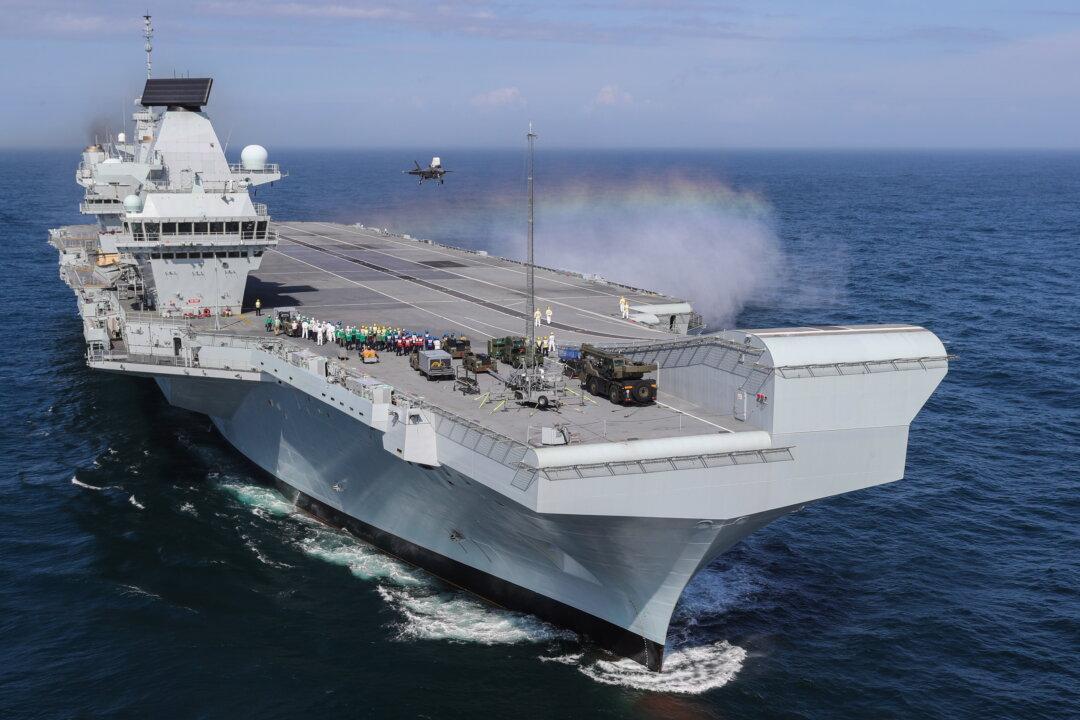Strategic indecision and penny-pinching have clipped the wings of the UK’s aircraft carriers, thus weakening the nation’s military clout, according to an MP committee report.
It notes a “disturbing lack of clarity” over how the Navy can afford to buy and support the Lightning II stealth jets that will give the carriers their teeth, as well as highlighting problems with a lack of supply ships and a troubled radar system.





